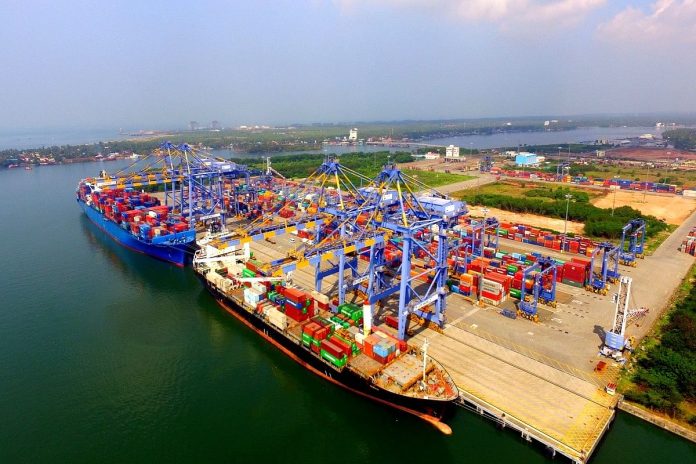Under the management of the Gujarat Maritime Board (GMB), Gujarat is aiming to improve its non-major ports (NMPs) by focusing on increasing capacity, efficiency, safety, and sustainability in port operations.
The GMB, which was established in 1982, is in charge of managing, controlling, and administering 48 ports such as Bedi, Bhavnagar, Dahej, and Porbandar.
A comprehensive plan up to the year 2047 — including a master plan and an implementation plan — is in the works for the NMPs of the state.
This plan aims to streamline operations, reduce risks, and maintain the competitiveness and resilience of ports in a constantly changing global trade landscape, as reported by The Hindu BL.
In 1982-83, non-major ports in Gujarat accounted for only 3 per cent of the national port traffic.
However, by 2022-23, these ports had successfully handled 416 million tonnes (mt) of cargo — representing nearly 30 per cent of the total traffic handled by all ports in India and 65 per cent of the traffic for all non-major ports in the country. In 2023, all the non-major ports in Gujarat had a capacity of 593.01 mt.
As per the report, the board is seeking advisory services through a request for proposal (RFP) to develop a comprehensive plan for all ports under its operations in Gujarat.
Madhvendra Singh, chief executive officer at Gujarat Maritime Cluster, stated, “the Gujarat Maritime Board is embarking on a transformative journey to revamp the capacity and efficiency of our ports, and we are searching for top-tier international consultancy services to partner with us on this remarkable venture.”
Gujarat has the longest coastline in India, stretching 1,600 km. This strategic location makes it a prime destination for commercial cargo ports, as it provides the state with the advantage of being in close proximity to the Middle East, Africa and Europe.
The development of a master plan aims to ensure the efficient, safe, and sustainable functioning of the ports. This involves considering the broader economic, environmental, and social factors that influence the operations and development of the ports.
This plan will involve assessing the current capacity of GMB-operated ports and identifying the need for infrastructure development, including — terminals, berths, roads, railways, and cargo handling facilities.
Further, the objective is to anticipate and facilitate the increase in trade volumes and the need for larger vessels by identifying and preparing for capacity expansion.
This will involve activities such as dredging deeper channels, constructing new berths, or expanding storage areas. The assessment for these expansions will consider factors such as geographical location, alignment with international shipping routes, and the overall synergy between all ports.
The RFP states that the master plan will include various important aspects towards developing green ports — including environmental impact assessments, promoting energy efficiency, reducing emissions, managing waste effectively, implementing green infrastructure, fostering research and innovation.


